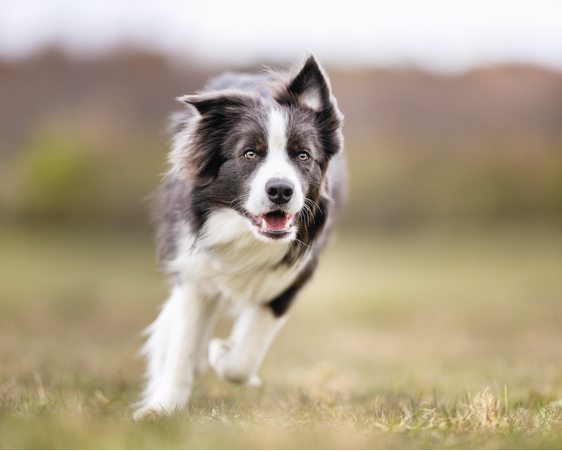Sooner or later every dog lover returns home to find some unexpected damage inflicted by his or her dog; or, more specifically, that dog’s teeth. Although dogs make great use of their vision and sense of smell to explore the world, one of their favorite ways to take in new information is to put their mouths to work.
Fortunately, chewing can be directed onto appropriate items so your dog isn’t destroying things you value or jeopardizing his own safety. Until he’s learned what he can and can’t chew, however, it’s your responsibility to manage the situation as much as possible, so he doesn’t have the opportunity to chew on unacceptable objects.
Why dogs chew
Puppies, like infants and toddlers, explore their world by putting objects in their mouths. And, like babies, they teethe for about 6 months, which usually creates some discomfort. Chewing not only facilitates teething, but also makes sore gums feel better.
Adult dogs may engage in destructive chewing for any number of reasons. In order to deal with the behavior, you must first determine why your dog is chewing—and remember, he’s not doing it to spite you. Possible reasons for destructive chewing include:
- As a puppy, he wasn’t taught what to chew and what not to chew.
- He’s bored.
- He suffers from separation anxiety.
- His behavior is fear-related.
- He wants attention.
Important! You may need to consult a behavior professional for help with both separation anxiety and fear-related behaviors.
Manage the situation
Take responsibility for your own belongings. If you don’t want it in your dog’s mouth, don’t make it available. Keep clothing, shoes, books, trash, eyeglasses, and remote control devices out of your dog’s reach.
Give your dog toys that are clearly distinguishable from household goods. Don’t confuse him by offering shoes and socks as toys and then expecting him to distinguish between his shoe and yours.
Supervise your dog until he learns the house rules. Keep him with you on his leash in the house so he can’t make a mistake out of your sight. Confine him when you’re unable to keep an eye on him. Choose a “safe place” that’s dog-proof, and provide fresh water and “safe” toys. If your dog is crate trained, you may also place him in his crate for short periods of time.
Give your dog plenty of people-time. Your dog won’t know how to behave if you don’t teach him alternatives to inappropriate behavior, and he can’t learn these when he’s in the yard by himself.
Give your dog plenty of physical and mental exercise. If your dog is bored, he’ll find something to do to amuse himself and you probably won’t like the choices he makes. On the other hand, a tired dog is a good dog, so make sure he gets lots of physical and mental activity. The amount of exercise should be based on his age, health, and breed characteristics.

